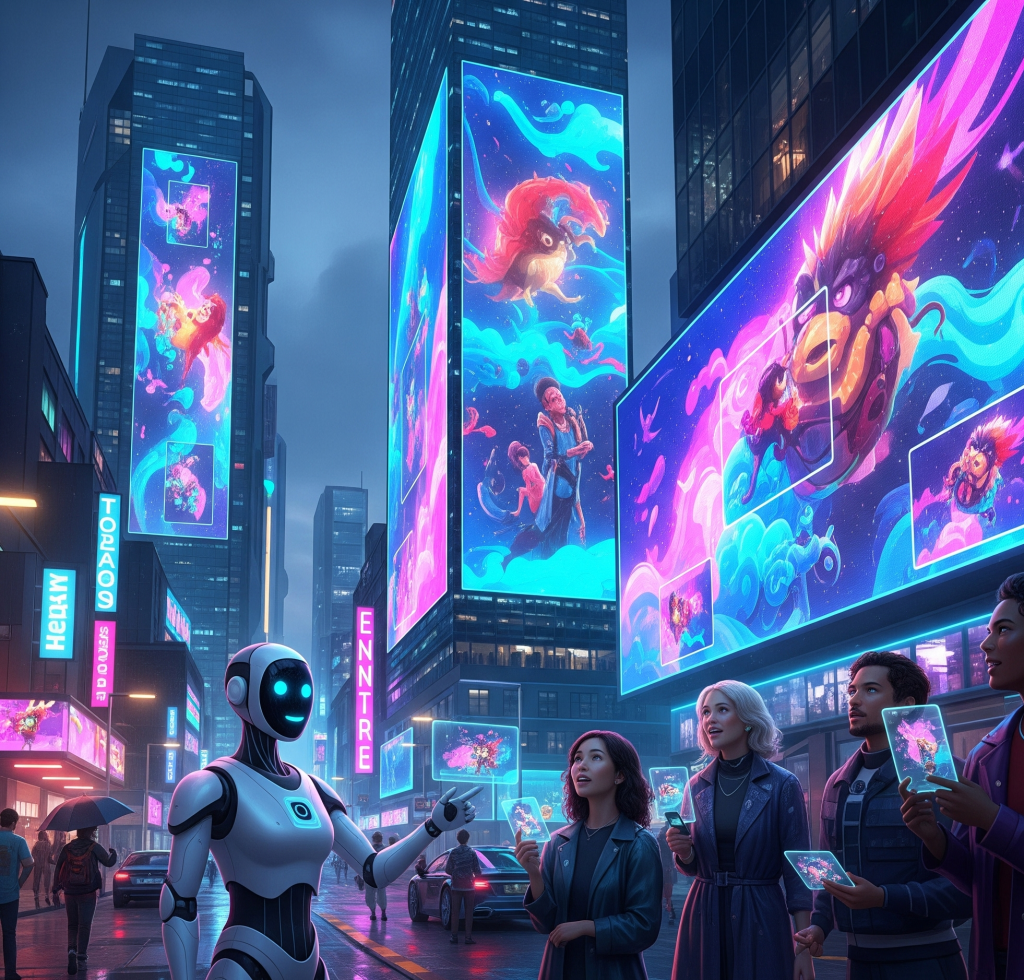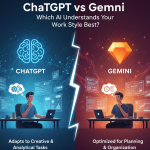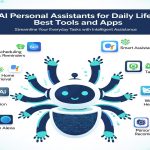Introduction
In the current hypercompetitive market, creativity has evolved from being merely a desirable trait to becoming the crucial element that distinguishes successful campaigns from those that are easily overlooked. As consumer attention spans diminish and numerous brands vie for attention, conventional methods no longer ensure engagement. Audiences are attracted to originality, emotional resonance, and innovative ideas. Creative marketing involves discovering new methods to narrate stories, establish trust, and create lasting connections. For companies, creativity transcends aesthetics; it has transformed into a vital strategy for both survival and growth.
Breaking Away from Traditional Approaches
Conventional advertising TV spots, print ads, and static billboards once defined brand visibility. But as audiences moved online and became more selective, these methods started losing impact. Creative marketing breaks away from these limitations. Instead of relying on predictable templates, it uses surprise, humor, and relevance to stand out.
Examples include:
- Guerrilla marketing tactics like flash mobs or interactive street art.
- Gamified campaigns that engage users in playful yet meaningful ways.
- AR/VR-powered advertisements that transform passive viewing into active participation.
The key is to avoid blending in with the noise and instead design campaigns that spark curiosity.

Storytelling That Captures Audience Attention
At its essence, marketing is about storytelling. Nevertheless, contemporary consumers seek more than just refined narratives; they desire authenticity. Brands that convey relatable stories foster emotional bonds that enhance loyalty.
- Effective storytelling typically encompasses:
- Emotionally charged themes that inspire or motivate.
- Genuine voices, featuring actual customer experiences.
- Innovative formats, ranging from mini-documentaries to campaigns generated by users.
For instance, Nike seldom concentrates exclusively on its products. Through creative marketing, it emphasises perseverance, human ambition, and personal success, transforming sneakers into emblems of achievement.
Leveraging Social Media in Unexpected Ways
Social media continues to serve as the primary platform for innovative marketing; however, audiences are no longer captivated by basic posts. They now demand originality, engagement, and enjoyment. Astute brands foster interaction through engaging polls, quizzes, and challenges that encourage participation, capitalize on real-time events such as Oreo’s tweet during the Super Bowl blackout, and develop clever, relatable voices akin to Wendy’s famous Twitter exchanges. By exploring new platforms like TikTok, Threads, and BeReal, brands can connect with audiences in the spaces where they already focus their attention, often in surprising and playful manners. The most successful campaigns do not merely advertise; they engage in conversation, provide entertainment, and establish connections. They enable audiences to feel included in the narrative, transforming followers into advocates and likes into lasting loyalty.
Personalization: Making Customers Feel Seen
In a marketplace saturated with generic advertisements, personalization emerges as a distinctive advantage. With the aid of AI and data analytics, brands are able to customize experiences according to individual preferences.
- Effective personalization strategies encompass:
- Tailored emails and adaptive website content.
- Product suggestions derived from browsing and purchase history.
- Campaigns that leverage customer data to craft shareable experiences (for instance, Spotify Wrapped).
When creative marketing is integrated with personalization, it ensures that each customer perceives the campaign as uniquely crafted for them, enhancing engagement and fostering loyalty.
Experiential Marketing: Turning Campaigns into Memories
While digital marketing dominates, physical experiences still have unmatched power when executed creatively. Experiential marketing immerses audiences in real-life or virtual interactions that linger in memory long after the campaign ends. Think IKEA’s themed pop-up sleepovers, where customers literally spend the night among the products. Or Red Bull’s extreme sports events, which transform adrenaline into a shared brand thrill. Even virtual concerts and VR product showrooms let audiences explore and engage in ways that feel personal and unforgettable.
By turning campaigns into experiences rather than just messages, brands transform audiences into active participants people who don’t just consume content, but live it, share it, and champion the brand.
Learning from Brands That Dared to Be Different
History shows that the boldest creative campaigns often redefine industries. Some standout examples include:
- Apple’s “Think Different” campaign, which positioned technology as a lifestyle choice.
- Dove’s “Real Beauty”, which challenged beauty stereotypes and sparked global conversations.
- Airbnb’s user storytelling, which turned customers into brand ambassadors and highlighted belonging over transactions.
These examples prove that playing safe may secure visibility, but daring creativity ensures memorability.
Conclusion
Creativity is no longer a mere option in marketing; it has become the paramount competitive edge. By transcending traditional methods, adopting storytelling techniques, and utilizing social media in creative manners, brands can develop campaigns that resonate profoundly. Personalization and experiential marketing enhance these initiatives, ensuring that customers feel acknowledged and involved.
The most successful brands are not necessarily the largest, but rather the most daring the ones that are willing to innovate. For professionals and businesses around the globe, platforms such as Wiraa, a worldwide remote job platform, reflect this same principle. Just as creativity enables brands to differentiate themselves, Wiraa connects talent and companies in a unique manner transcending borders and traditional hiring practices. In both marketing and career development, the future is reserved for those who innovate, adapt, and have the courage to distinguish themselves.




